Scientists develop new drug delivery system that targets tumors then exists the body using “switchable” chemistry.


Scientists develop new drug delivery system that targets tumors then exists the body using “switchable” chemistry.

Click chemistry spins bacterial-produced spider silk into a biomedical marvel, promising innovations in fiber optics, wound healing, and tissue regeneration.

The last decades have witnessed a dramatic advance in organic syntheses from the viewpoint of environmental science and technology. In a review article, Professor Michinobu highlights a novel click reaction inspired by semiconducting polymer doping techniques.
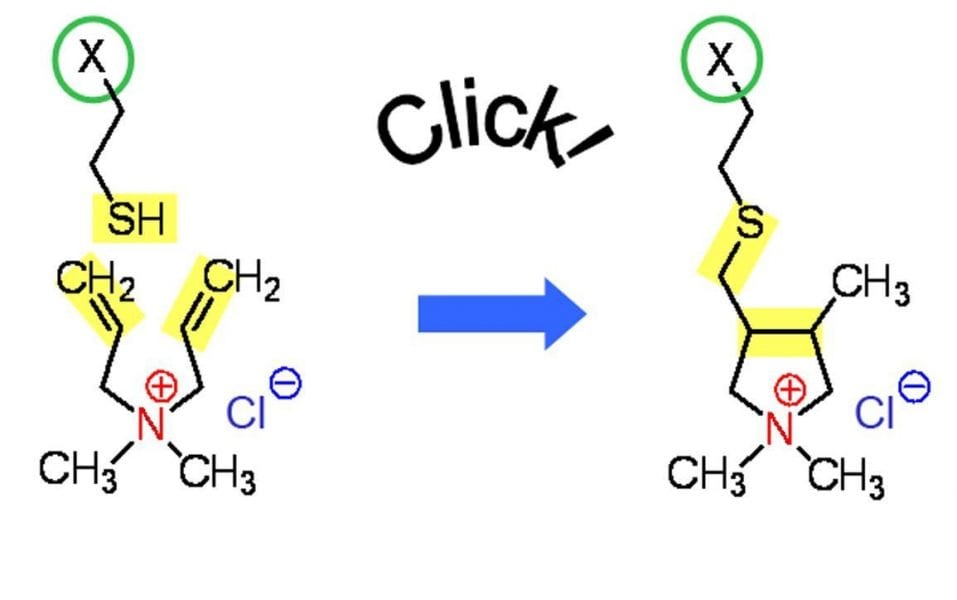
Radical thiol-ene addition was used for the synthesis of new polymeric ionic liquids which could serve as novel polyelectrolytes.
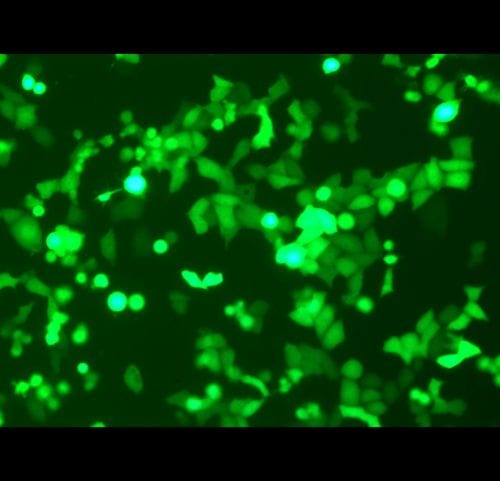
A reducibly-degradable hyperbranched polymer PEI-SS-HP composed of LMW PEI via a disulfide-containing linkage is demonstrated as a promising gene vector.
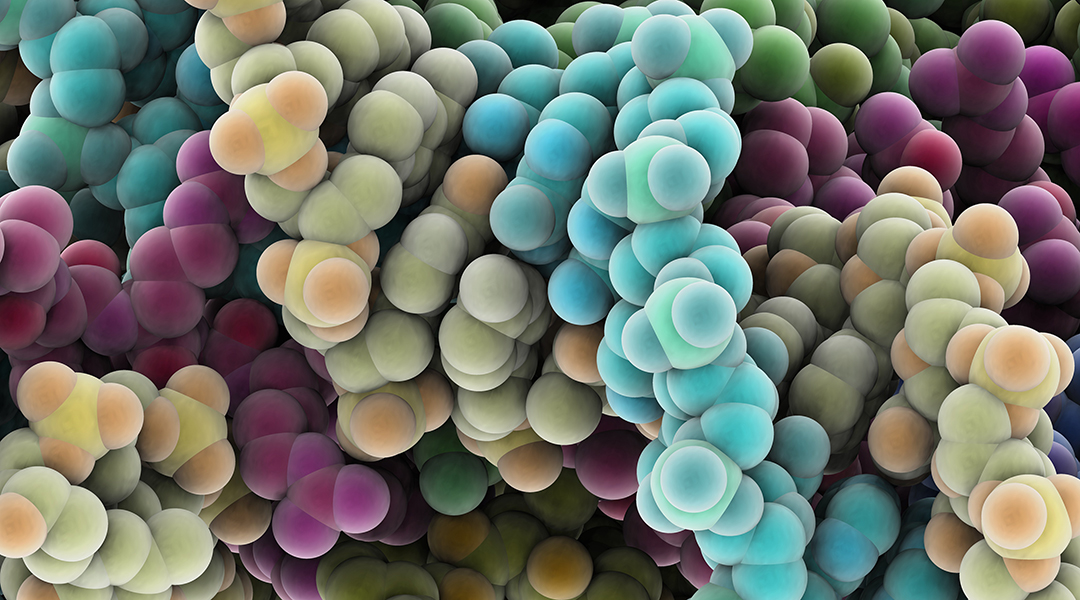
Bioorthogonal hydroamination of activated linear alkynes now suitable in living cells.
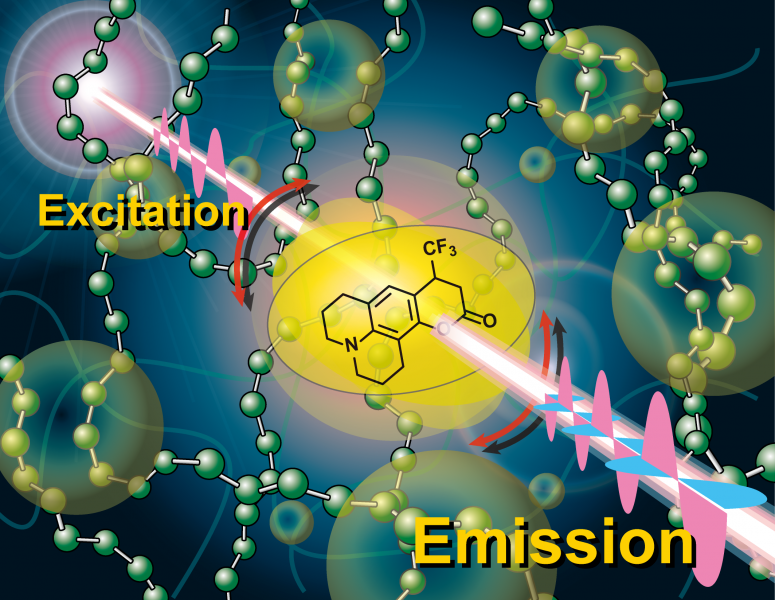
Macromolecular Chemistry and Physics showcases advances in polymer characterization and morphology
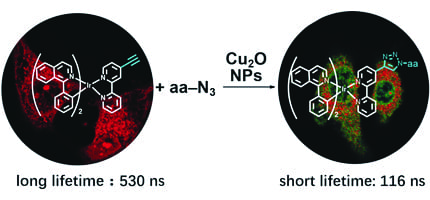
–Cells are highly complex and organized entities which are composed of various biological events. Real-time live-cell imaging is important for understanding these physiological processes. However, many existing fluorescent probes are unsuitable for these purposes due...
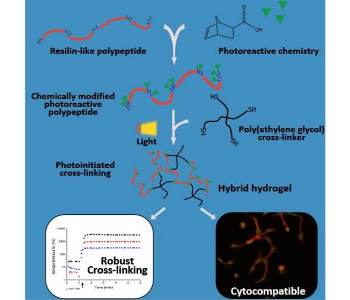
Recombinant resilin-like polypeptides are modified with photoreactive molecules to facilitate the use of photocrosslinking methods for hybrid hydrogels.
Eric Betzig, Howard Hughes Medical Institute, Stefan Hell, Max Planck Institute for Biophysical Chemistry, and William Moerner, Stanford University, share award for the development of super-resolved fluorescence microscopy.